Home>Gardening & Outdoor>Landscaping Ideas>When Can New Grass Be Grazed
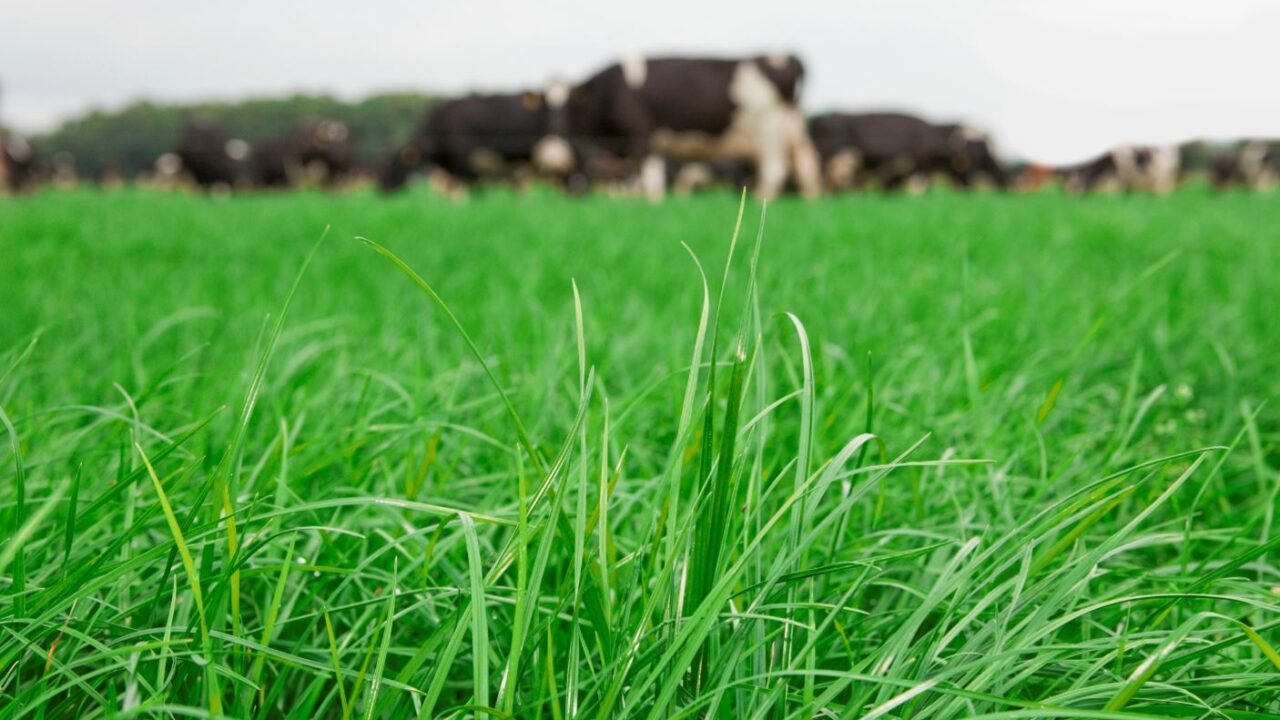

Landscaping Ideas
When Can New Grass Be Grazed
Published: January 28, 2024
Discover the best landscaping ideas for when new grass can be grazed. Learn how to optimize your grazing schedule for a healthy lawn. Explore expert tips now!
(Many of the links in this article redirect to a specific reviewed product. Your purchase of these products through affiliate links helps to generate commission for Storables.com, at no extra cost. Learn more)
Introduction
Welcome to the world of landscaping and the exciting journey of nurturing a lush, green lawn. One of the key considerations for any lawn enthusiast is understanding when new grass can be grazed. This crucial decision impacts the health and vitality of your lawn, as well as the satisfaction of enjoying a beautiful outdoor space.
When it comes to grazing new grass, timing is everything. Grazing too early can hinder the establishment of the grass, while grazing too late may result in missed opportunities for optimal growth. In this article, we will explore the various factors that influence the timing of grazing new grass, the optimal time for grazing, and essential management practices to ensure the successful establishment of your lawn.
By delving into these aspects, you will gain valuable insights that will empower you to make informed decisions and cultivate a vibrant, resilient lawn that enhances the beauty of your outdoor environment.
Key Takeaways:
- Timing is crucial for grazing new grass. Factors like grass species, growth stage, soil moisture, and weather conditions impact the optimal time for grazing.
- Monitoring grass growth and implementing management practices like grazing rotation and soil health management are essential for successful grazing of new grass.
Factors Affecting Grazing Time
Several factors play a pivotal role in determining the optimal time for grazing new grass. Understanding these factors is essential for making informed decisions that promote the health and vigor of your lawn.
- Grass Species: Different grass species have varying growth rates and resilience. It’s crucial to consider the specific characteristics of the grass species in your lawn, as this can influence the timing of grazing. For instance, cool-season grasses may have different grazing timelines compared to warm-season varieties.
- Growth Stage: The growth stage of the grass is a critical factor to consider. New grass requires sufficient time to establish strong roots and develop a healthy leaf structure before grazing can commence. Grazing too early can impede this crucial growth stage, leading to weakened grass and potential long-term issues.
- Soil Moisture and Nutrients: Adequate soil moisture and essential nutrients are vital for supporting the growth and resilience of new grass. Insufficient moisture or nutrient deficiencies can delay the establishment of the grass, impacting the suitability of the lawn for grazing.
- Weather Conditions: The prevailing weather conditions, including temperature and precipitation, significantly influence the growth and development of new grass. Extreme heat, drought, or heavy rainfall can all affect the readiness of the grass for grazing.
- Pasture Rotation: If you are managing a pasture for grazing animals, implementing a strategic rotation schedule is essential. Allowing the grass adequate time to recover between grazing periods is crucial for promoting healthy regrowth and preventing overgrazing.
By considering these factors in conjunction with the specific characteristics of your lawn, you can effectively determine the most suitable timing for grazing new grass. This thoughtful approach sets the stage for a thriving and sustainable lawn that can withstand the demands of grazing while maintaining its lush beauty.
Optimal Time for Grazing New Grass
Choosing the optimal time for grazing new grass is a pivotal decision that directly impacts the health and resilience of your lawn. By carefully assessing the growth and development of the grass, as well as considering external factors, you can pinpoint the ideal timing for introducing grazing activities.
One of the key indicators of the optimal grazing time is the establishment of the grass’s root system. Strong and well-established roots provide the foundation for healthy grass growth and contribute to its ability to withstand grazing pressure. Additionally, observing the development of a dense and uniform leaf structure indicates that the grass is ready for grazing.
It’s important to monitor the grass closely and consider the following signs that signify readiness for grazing:
- Height and Density: The grass should reach a sufficient height and density to withstand grazing. A general rule of thumb is to allow the grass to grow to a height where it can recover effectively after grazing, ensuring that the leaf structure remains intact.
- Resilience to Grazing Pressure: Conduct a resilience test by gently tugging on the grass. If the grass exhibits strong resistance and resilience to grazing pressure, it indicates that the roots and leaf structure are sufficiently developed to support grazing activities.
- Uniform Growth: A uniform and consistent growth pattern across the lawn signifies that the grass is establishing itself effectively. This uniformity indicates that the grass is ready for grazing, as it can withstand grazing pressure without compromising its overall health.
Furthermore, considering the specific characteristics of the grass species in your lawn, such as its growth habits and resilience, is essential for determining the optimal grazing time. By aligning the readiness of the grass with favorable weather conditions and adequate soil moisture, you can ensure a successful transition to grazing activities.
By leveraging these indicators and taking a proactive approach to monitoring the grass’s development, you can confidently identify the optimal time for grazing new grass. This strategic timing sets the stage for sustainable grazing practices that promote the longevity and vitality of your lawn.
New grass should be allowed to grow to at least 6 inches before grazing to ensure strong root development. This usually takes about 6-8 weeks after planting.
Management Practices for Grazing New Grass
Implementing effective management practices is crucial for ensuring the successful establishment and sustainable grazing of new grass. By incorporating thoughtful strategies and adhering to best practices, you can promote the health and resilience of your lawn while facilitating grazing activities in a manner that supports long-term vitality.
Here are key management practices to consider when grazing new grass:
- Grazing Rotation: Establishing a structured grazing rotation plan is essential for preventing overgrazing and promoting uniform regrowth. Dividing the grazing area into sections and allowing adequate recovery time between grazing periods enables the grass to replenish its energy reserves and maintain robust growth.
- Monitoring Grazing Intensity: Regularly assess the intensity of grazing to ensure that the grass is not subjected to excessive pressure. Monitoring grazing intensity helps prevent damage to the grass and allows for sustainable regrowth, contributing to the overall health of the lawn.
- Soil Health Management: Prioritize soil health by implementing appropriate fertilization and irrigation practices. Healthy soil provides the necessary nutrients and moisture for the grass to thrive, supporting its resilience and ability to withstand grazing pressure.
- Rest and Recovery Periods: Incorporate rest and recovery periods for the grazing area to allow the grass to rejuvenate. This proactive approach promotes vigorous regrowth and contributes to the long-term sustainability of the lawn for grazing activities.
- Observation and Adaptation: Continuously observe the grass’s response to grazing and environmental conditions, and adapt your management practices accordingly. Flexibility and attentiveness to the lawn’s needs are essential for optimizing grazing outcomes and maintaining a healthy, vibrant lawn.
By integrating these management practices into your approach to grazing new grass, you can foster a harmonious balance between grazing activities and the health of the lawn. This proactive and holistic approach sets the stage for a resilient and visually captivating lawn that can thrive in the presence of grazing animals, contributing to the overall beauty and sustainability of your outdoor space.
Conclusion
Cultivating a thriving lawn that is suitable for grazing new grass involves a blend of thoughtful observation, strategic timing, and effective management practices. By considering the various factors that influence grazing time, identifying the optimal timing for grazing, and implementing sound management strategies, you can create a sustainable and visually appealing outdoor environment.
Understanding the unique characteristics of the grass species in your lawn and closely monitoring its growth stage are crucial for making informed decisions regarding grazing. By assessing indicators such as root development, leaf structure, and overall resilience, you can pinpoint the optimal time to introduce grazing activities, ensuring that the grass is well-equipped to withstand grazing pressure while maintaining its vitality.
Furthermore, embracing proactive management practices, including grazing rotation, monitoring grazing intensity, and prioritizing soil health, contributes to the long-term sustainability of the lawn for grazing activities. By fostering a balanced approach that allows for rest and recovery periods and facilitates adaptation based on the lawn’s response, you can create an environment where grazing and healthy grass growth coexist harmoniously.
Ultimately, the successful establishment and management of new grass for grazing not only enhance the aesthetic appeal of your outdoor space but also contribute to the overall well-being of the lawn. By integrating these principles into your lawn care practices, you can enjoy the beauty of a lush, resilient lawn that is well-suited for grazing, creating a welcoming and sustainable environment for both humans and grazing animals alike.
Embrace the art of timing, observation, and thoughtful management to nurture a vibrant lawn that thrives in the presence of grazing activities, enriching your outdoor experience and connecting you with the natural beauty of your surroundings.
Frequently Asked Questions about When Can New Grass Be Grazed
Was this page helpful?
At Storables.com, we guarantee accurate and reliable information. Our content, validated by Expert Board Contributors, is crafted following stringent Editorial Policies. We're committed to providing you with well-researched, expert-backed insights for all your informational needs.


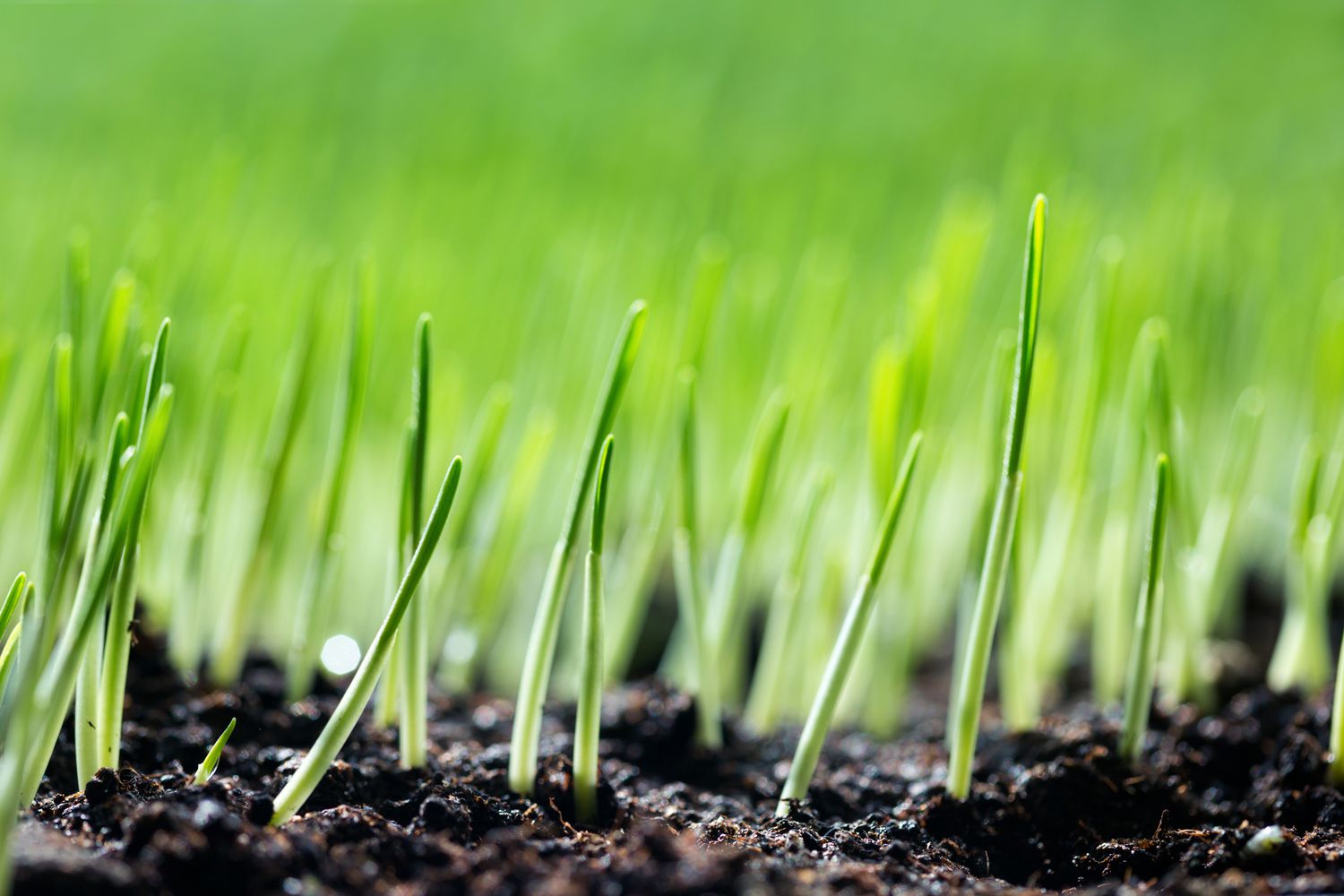

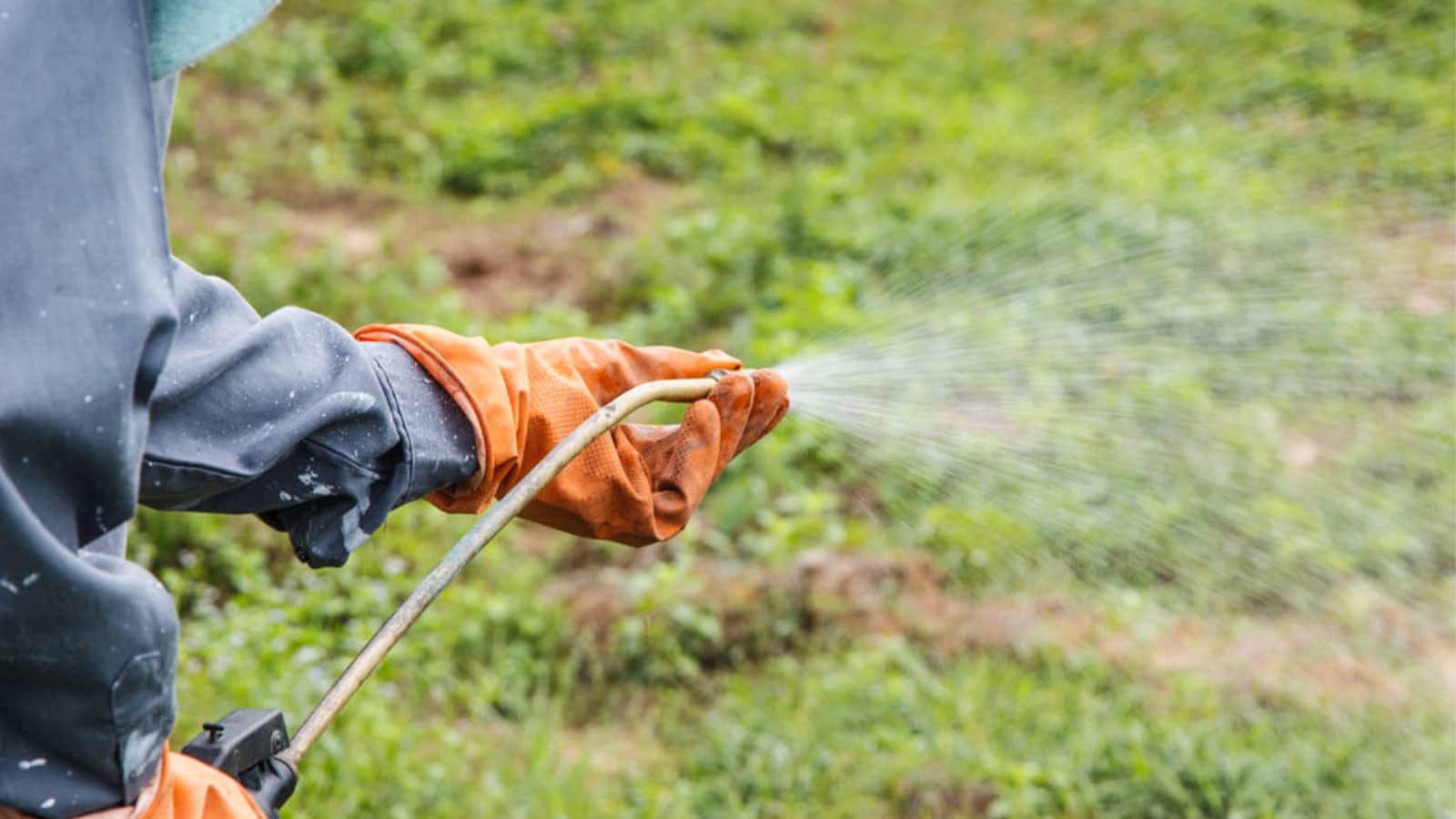
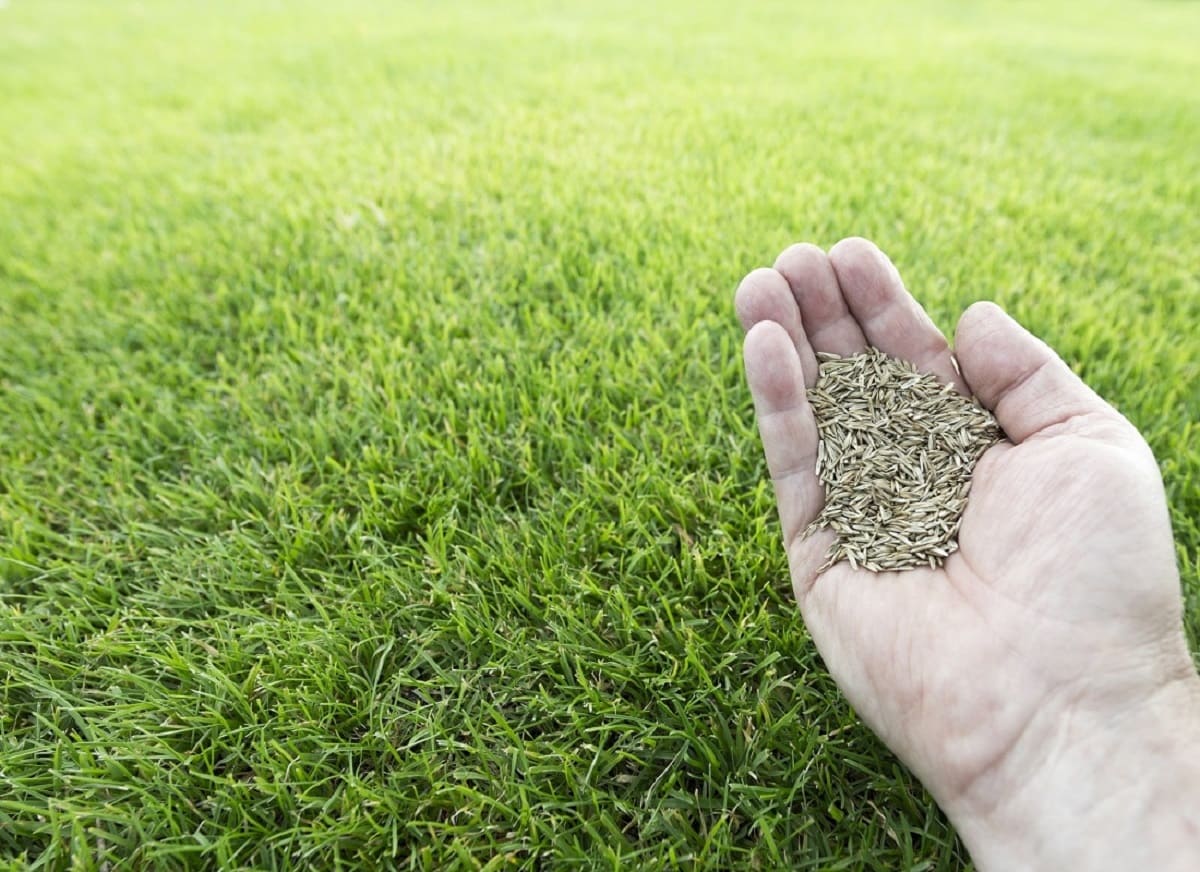
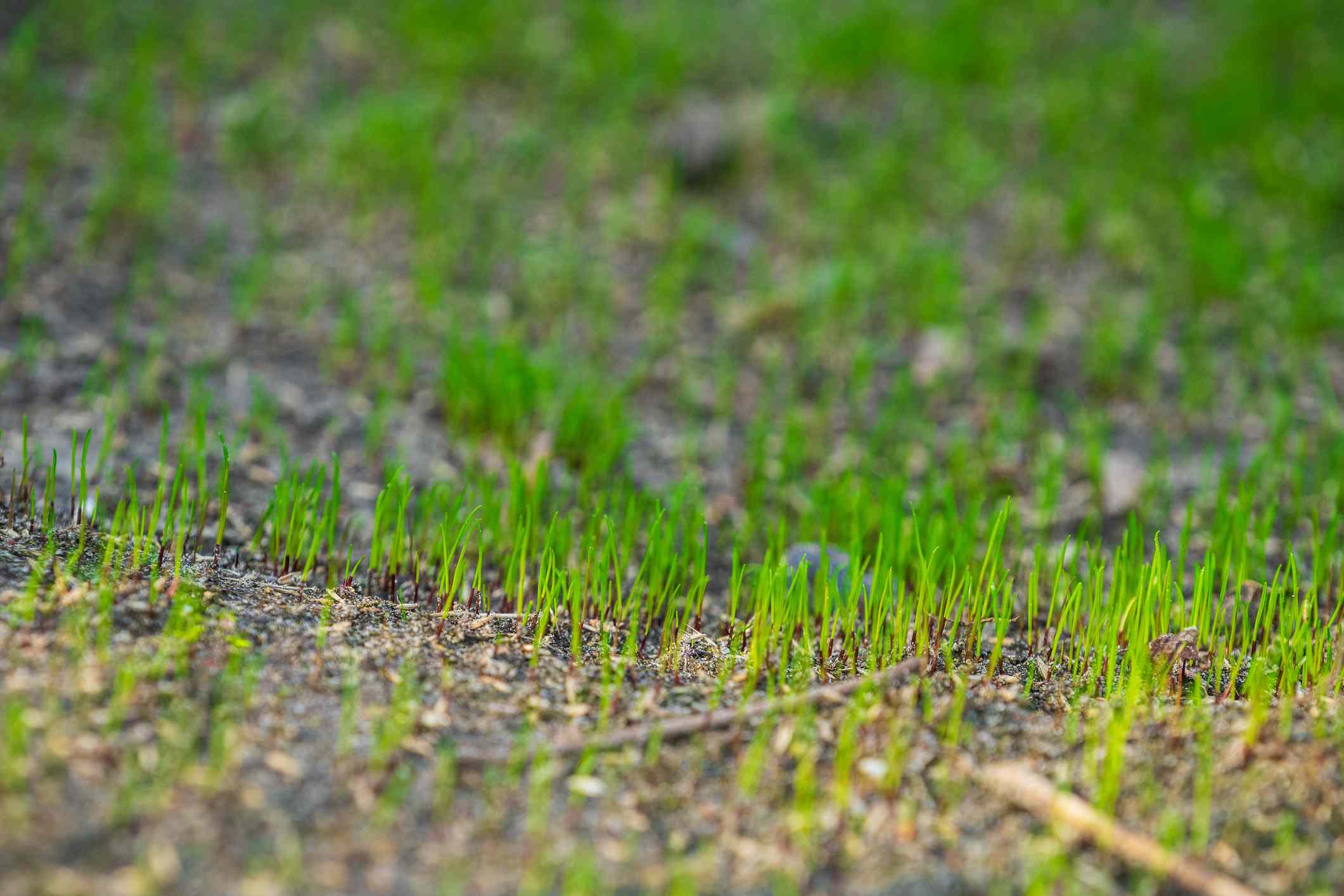
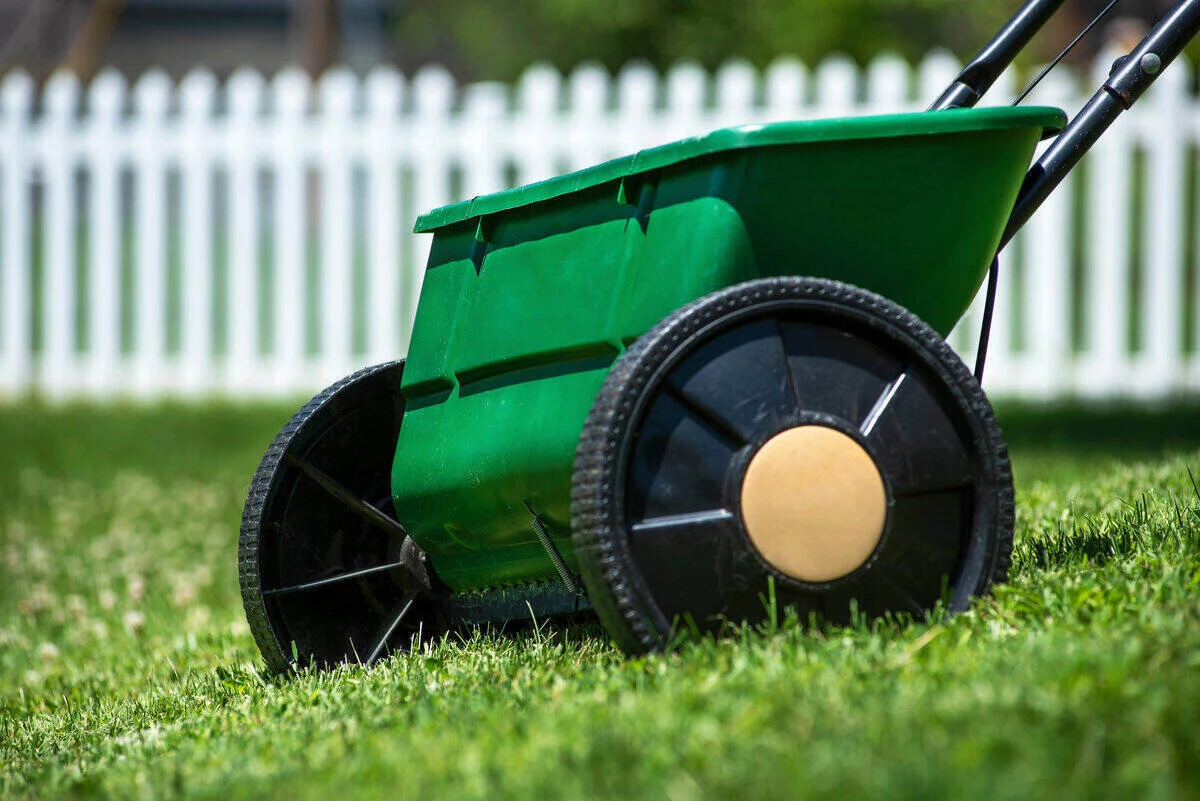

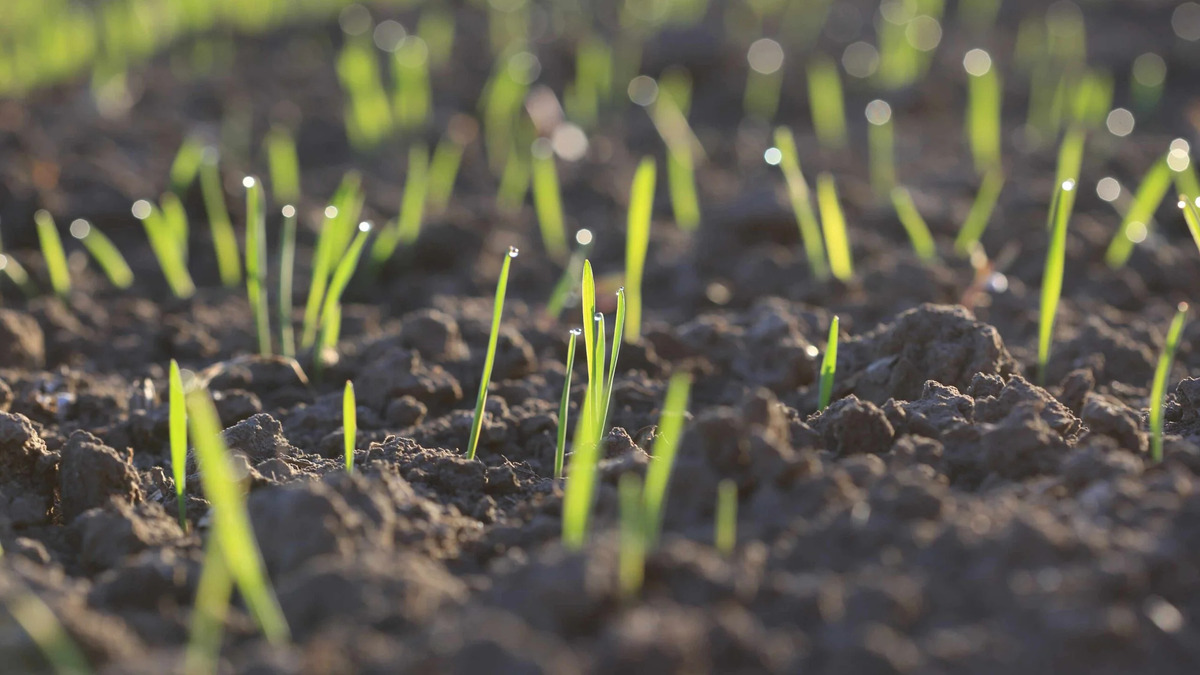

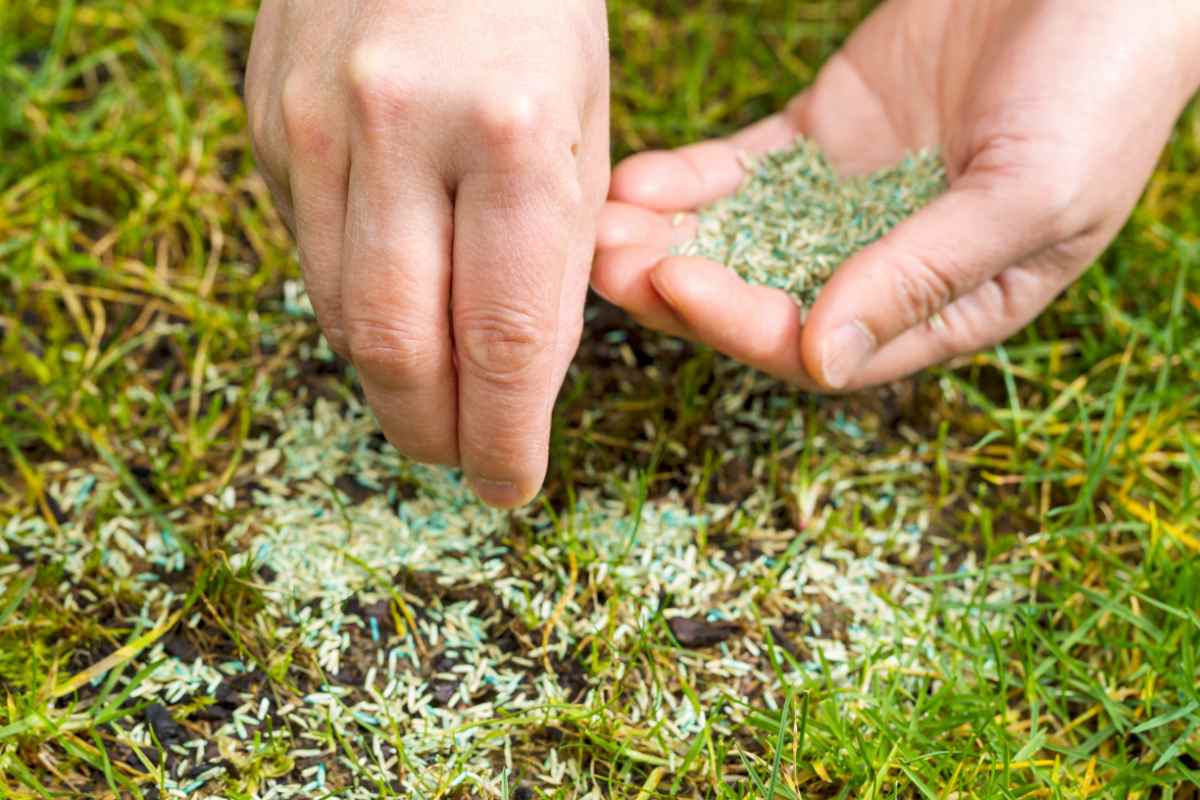
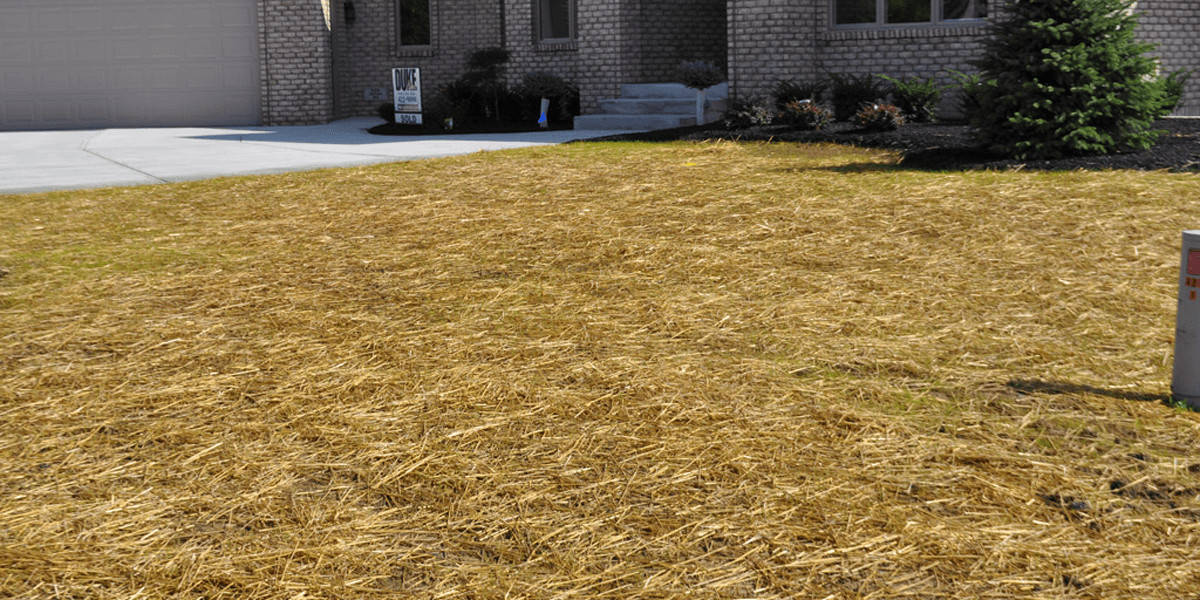

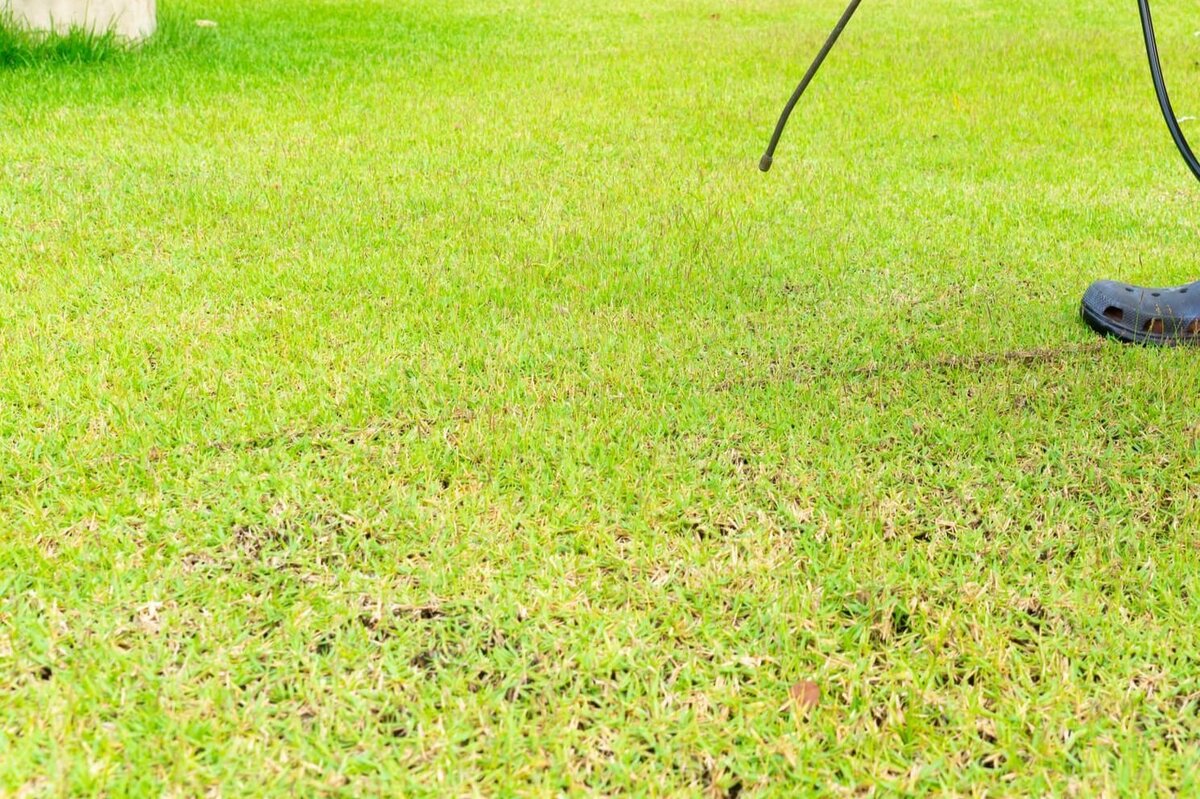

0 thoughts on “When Can New Grass Be Grazed”